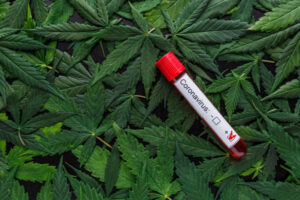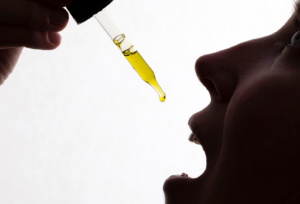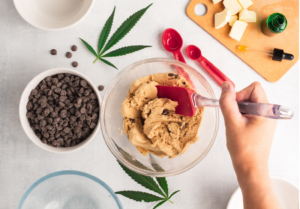
CBD for Sports Performance & Recovery
Cannabinoid therapy has gained a lot of attention recently in the world of sports. First, there is approval of Cannabidiol (CBD) by the World Doping Agency, therefore permitted for use

Cannabinoid therapy has gained a lot of attention recently in the world of sports. First, there is approval of Cannabidiol (CBD) by the World Doping Agency, therefore permitted for use

Right now, a lot is happening state by state in the name of cannabis. While there are many who aim to legalize this year, we are still witnessing actions towards

Two groundbreaking new preliminary studies have found that not one, not two, but three cannabinoids may block the original, live SARS-CoV-2 virus. The evidence suggests that the cannabis compounds can

February is American Heart month, dedicated to bringing awareness and attention to our cardiovascular health. Accumulating evidence suggests that cannabinoids such as CBD may be beneficial to our cardiovascular system.

Cannabidiol (CBD) is a major cannabinoid of the Cannabis sativa plant and we have witnessed interest in the compound skyrocket in the past few years due to its potential ability

Whether you are a gourmet chef or a beginner, you can mix up your recipes this new year by infusing your meals with an ingredient you may or may not

Updated information from our previous blog, Getting to Know CBDA, to reflect new research. Cannabidiolic acid (CBDA) is one of three cannabinoid precursor compounds converted from Cannabigerolic acid (CBGA).

As we head into this New Year, many of us have health improvements on the mind. As we consider gym memberships, new recipes, and the seemingly impossible feat of how

In the beginning of 2021, 13 states had recreational cannabis legalization measures up for vote. Five of those states succeeded in legalizing cannabis for all adults. Those were Connecticut, New

As 2021 comes to a close, we would like to bring attention to the accomplishments that have been made this year in the name of cannabis. Through much work and
Open the following in new tabs if you:
If you are already a user: Client Login
If you are not, then register: Client Registration
Once Logged in, click below to refresh the page.